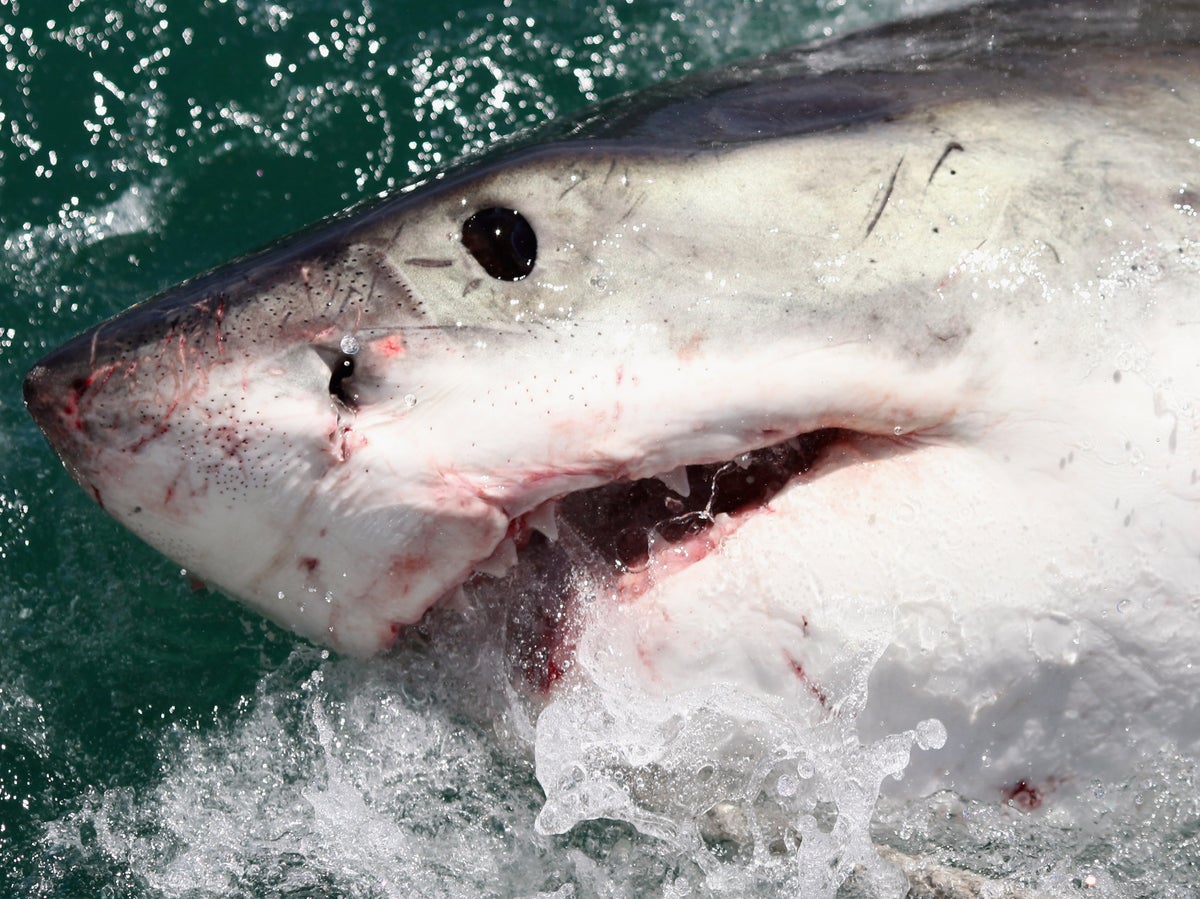
A diver has been decapitated by a Great White shark in waters off of the coast of Mexico in front of shocked fishermen.
In the first deadly shark attack of 2023, Manuel Lopez was diving for molluscs off of San Jose Beach in Tobari Bay on the west coast of Mexico when he was attacked by the shark on 5 January.
Mr Lopez, a man in his 50s, had his head separated from his body by the 19-foot-long (5.7 metres) shark.
Fisherman Jose Bernal told Tracking Sharks that Mr Lopez “was diving when the animal attacked him, ripping off his head and biting both shoulders”.
Mr Lopez had been diving at a depth of about 59 feet (18 metres) to gather ax tripe, a scallop-like mollusc, at the bottom of the ocean when the shark struck.
Mr Bernal said that several sharks had been spotted in the waters in the days leading up to the attack, adding that the fishermen had been looking out for the animals.
“Local divers had been warned about the presence of sharks in the area and most had not been out for several days,” he said.
Some people had been refraining from entering the waters due to the shark sightings. But the seafood shortage prompted demand to rise in the area, leading to Mr Lopez’s decision to dive.
While fishermen are able to claim a 7,200 pesos yearly stipend, it’s not enough when there’s no income coming from the sea, Tracking Sharks reported.
Mr Lopez was using a source of air from the surface, which is common in that area, which involves a compressor that “pumps air to the diver via a collection of hoses connected to the diver along with ropes, with the diver often pulling the boat along the surface using their tethered supply lines,” according to Tracking Sharks,.
Great White Sharks can become as large as 20 feet long (6 metres) and weigh up to two tonnes, with as many as 300 serrated teeth.
Having a strong sense of smell, the sharks can swim as fast as 35 mph (56 kph), usually hunting seals, sea lions, dolphins, as well as turtles.
Experts say that humans may be mistaken for seals, particularly when wearing wetsuits, and attacks on humans are often seen as “experimental”.
Sharks tend to move away after a single bite when they understand the human wasn’t their intended target, but a single bite is often deadly.
“Great white sharks are most prevalent in the Gulf of California during December and January when pregnant female sharks enter the area,” Tracking Sharks noted. “The sharks will often search for fat-filled sea lions to feed upon due to their high caloric count.”







